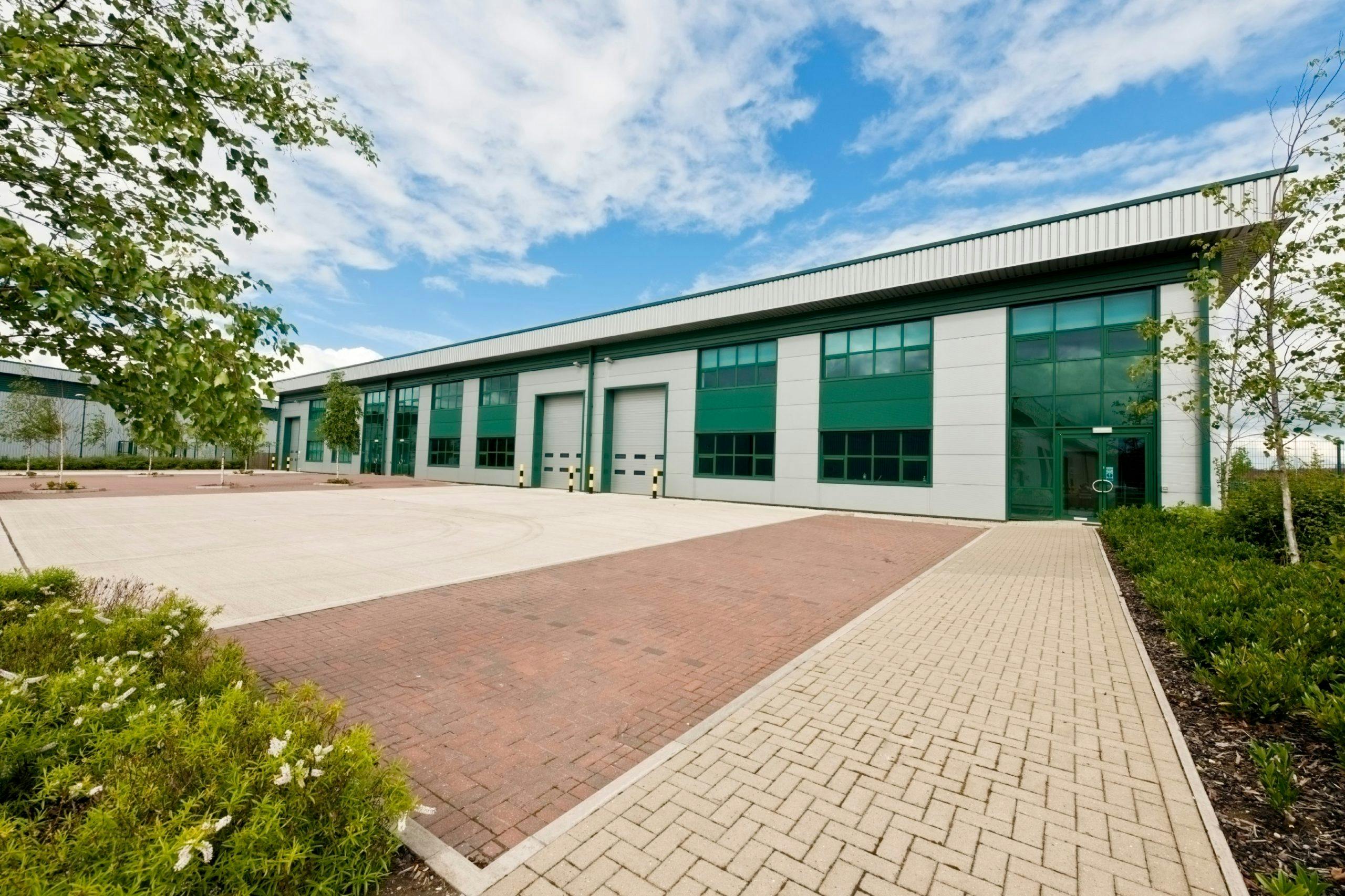Home


Resource Center

Reliable cellular coverage can be especially challenging in large commercial buildings like distribution centers. Those who own, operate, or work in these facilities often simply accept the fact that they’re going to have poor or no cellular coverage inside these buildings or warehouses.
Lack of coverage isn’t a necessary evil, thanks to available solutions designed to address the problem and improve cellular coverage. There are products that can address weak cellular signals, no matter how large the facility or how severe the dead zones inside of it. Here’s a look at the factors that work against strong cellular signals in large distribution centers and the solutions that can help.
Building Materials Impede Signal
Most often, weak signals are not due to a lack of cell coverage in the area but rather to building materials that block those signals from penetrating the building. This is particularly true of the warehouse-type spaces that distribution centers often occupy.
Building materials, including brick, thick concrete, steel and metals, glass, radiant barrier, and other materials that conduct electric or magnetic energy, can disrupt and weaken cell signals. This means that while there may be plenty of strong cellular coverage outside of your distribution center, that signal is weakened before it reaches the cell phones and other devices being used indoors.
What’s the Solution?
When looking for solutions to combat cellular signal problems within large warehouses and distribution centers, some effective options can be cost prohibitive. For example, active distributed antenna systems (DAS), such as those used at large sports stadiums and similar venues can do an excellent job creating strong signal inside any distribution center. However, these systems are a major investment and take considerable time to install, so they may not be the best option for commercial buildings under 100,000 square feet. There are more practical and affordable solutions, however, that are just as effective as active DAS: cellular repeater systems, also known as passive DAS.
Unlike active DAS, which essentially serves as a carrier-specific cell tower inside the building, cellular repeater technology detects the available signal outside of the distribution center, brings it inside, enhances it, and then distributes the amplified signal throughout the building.
Cellular repeater systems can cover multistory buildings of 100,000 square feet or larger. Multiple repeaters can provide an unlimited amount of coverage as long as a cellular signal is available outside—a solution that’s flexible enough to meet the needs of any facility.
Work with the Leader
WilsonPro is a pioneer and innovator in cellular repeater technology, and our 5G low-band signal repeaters are in use in warehouses and distribution centers worldwide. They are carrier-agnostic, meaning all cellular devices within a facility can benefit from the enhanced in-building cellular signal, whether they’re connected to Verizon, AT&T, or T-Mobile. And they can be up and running in days.
If you’d like to learn how WilsonPro technology can improve the cell signal in your facility, contact us for more information.
Find out how IKEA used cellular repeaters to improve cellular connectivity inside of its 500,000-square-foot Texas distribution center.

